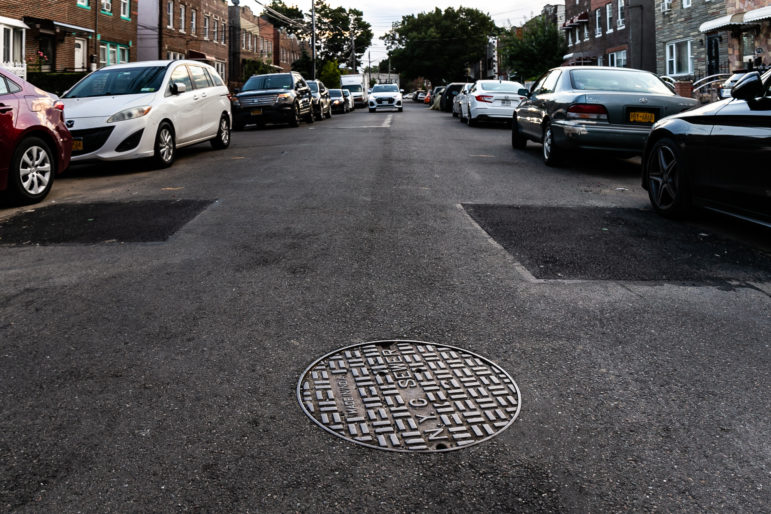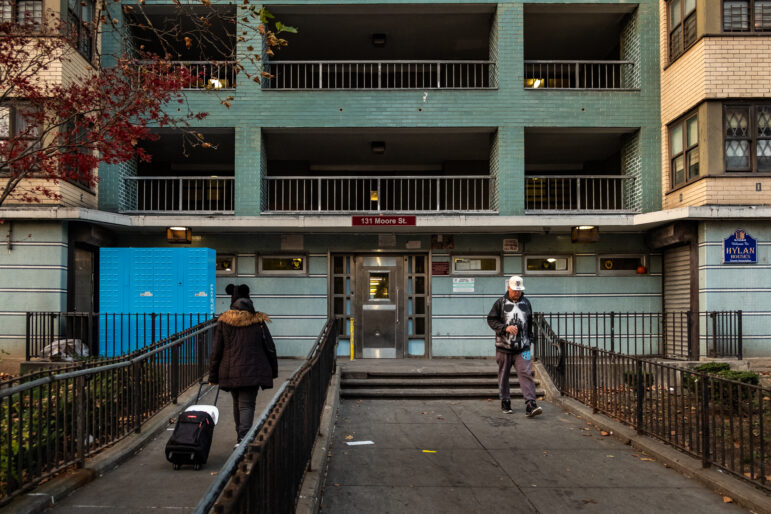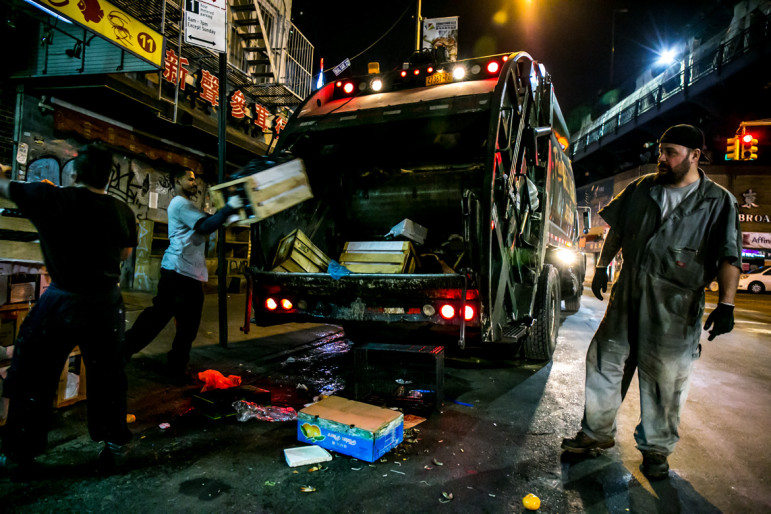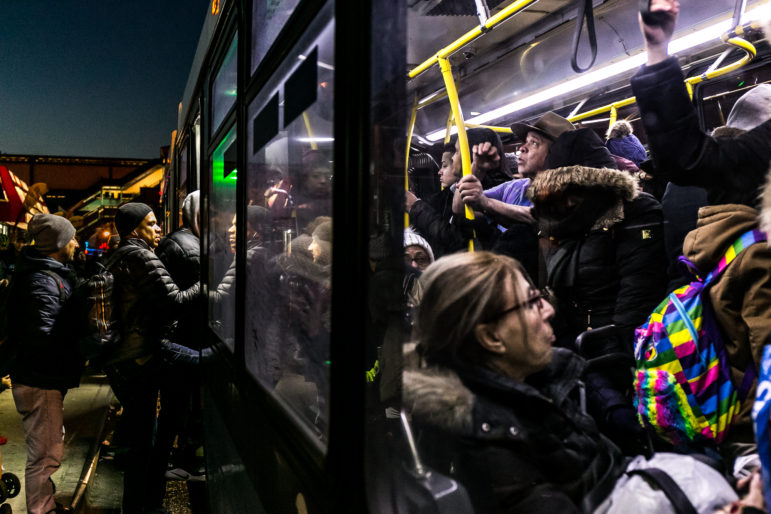Sewer backups on city infrastructure jumped nearly 32 percent during the most recent fiscal year that ended in June, the result of more wet weather: the five boroughs were doused in some 61.3 inches of rainfall, compared to 39.9 inches the year before.

Adi Talwar
A sewer manhole in Jamaica, Queens.Sewer backups on city infrastructure jumped nearly 32 percent during the most recent fiscal year that ended in June, the result of more rainfall.
The city’s Department of Environmental Protection (DEP) resolved 2,851 sewer backup complaints between July 2023 and June 2024, up from 2,164 the year prior, according to the latest Mayor’s Management Report released this week.
The agency attributed the uptick to more wet weather: the five boroughs were doused in some 61.3 inches of rainfall, compared to 39.9 inches from July 2022 to June 2023. Last fall alone—when a particularly bad day of downpours halted subway lines and flooded hundreds of public school buildings—included the wettest September on record, according to the DEP.
Still, the time it took city workers to resolve sewer backups last fiscal year remained fairly unchanged, at a little over three hours. And even with the increase, fiscal year 2024 saw fewer clogged sewer incidents than fiscal year 2022 (July 2021 to June 2022), when there were nearly 5,000. That year included Hurricane Ida that September, which brought record rains that killed 13 New Yorkers.
Increased rain also drove an uptick in complaints about clogged catch basins, with
11,066 this most recent fiscal year, up from 8,585 the year prior. It took about two and a half days on average to clear these, about a half-day less than last year, what the DEP attributed to "a data-driven inspection schedule and complaint-driven cleaning," among other measures.
City officials said earlier this month that the administration has allocated more than $1.2 billion to mitigate the effects of the stormwater flooding since Mayor Eric Adams took office, including dozens of miles of new sewers and additional green infrastructure to absorb rain before it enters the system.
“Our infrastructure was designed to function in a climate that we don’t live in anymore, but we are working hard to update it to protect New Yorkers from flooding,” the city's Chief Climate Officer and DEP Commissioner Rohit T. Aggarwala said in a statement celebrating the upgrades.
Climate change is driving increasingly wet weather: annual precipitation in New York City is projected to increase by 4 to 11 percent by the 2050s, and by 7 to 17 percent by the 2080s, according to a report from the New York State Energy Research and Development Authority earlier this year.
To reach the reporter behind this story, contact Jeanmarie@citylimits.org.
Want to republish this story? Find City Limits’ reprint policy here.








